Common Name(s): Cedar of Lebanon, Lebanese cedar
Scientific Name: Cedrus libani
Distribution: Mountainous areas of the Mediterranean region
Tree Size: 100-130 ft (30-40 m) tall,
5-7 ft (1.5-2.1 m) trunk diameter
Average Dried Weight: 32 lbs/ft3 (520 kg/m3)
Specific Gravity (Basic, 12% MC): 0.41, 0.52
Janka Hardness: 820 lbf (3,670 N)
Modulus of Rupture: 11,890 lbf/in2 (82 MPa)
Elastic Modulus: 1,465,000 lbf/in2 (10.1 GPa)
Crushing Strength: 6,090 lbf/in2 (42 MPa)
Shrinkage: Radial: 4.1%, Tangential: 6%,
Volumetric: 10.4%, T/R Ratio: 1.5
Color/Appearance: Heartwood is a straw color to light reddish brown. Narrow sapwood is pale yellowish white. Depending on where and how the source tree grew, wood may have large knots.
Grain/Texture: Grain is generally straight, though knots or bark inclusions may cause grain irregularities. Medium to coarse texture with moderate to low natural luster.
Rot Resistance: Rated as very durable, with good overall insect/borer resistance.
Workability: Easy to work with hand and machine tools, though knots and areas with irregular grain can cause difficulties in machining. Turns, glues, and finishes well.
Odor: Has a lingering, sweet scent.
Allergies/Toxicity: Although severe reactions are quite uncommon, cedar of Lebanon has been reported to cause skin and respiratory irritation, as well as runny nose and asthma-like symptoms. See the articles Wood Allergies and Toxicity and Wood Dust Safety for more information.
Pricing/Availability: Not commonly available in North America, storm damaged or ornamental trees are sometimes harvested and sold as smaller craft and turning blanks. There is better availability in Europe, where logs are processed into larger sections of lumber, as well as veneer. Prices are expected to be higher than commercial construction softwood lumber, though still in the low-to-mid range for material meant for decorative or specialty purposes.
Sustainability: This wood species is not listed in the CITES Appendices, but is on the IUCN Red List. It is listed as vulnerable primarily due to a total area of occupancy of less than 770 square miles (2,000 square kilometers), and a severely fragmented population.
Common Uses: Veneer, cabinetry, building construction, boxes/chests (interior lining), and turned objects.
Comments: The country of Lebanon prominently features the tree on its national flag (see image below), and the species derives its name from the once-extensive forest that grew across Mount Lebanon. The wood has been used by ancient civilizations for millennia. Cedar of Lebanon is also referenced in the Bible as the source of timber for Solomon’s temple.
In a botanical sense, Cedrus libani could be considered a true cedar in even the strictest sense of the word. The most conservative definition of ‘cedar’ is limited only to trees of the Cedrus genus, with Cedrus libani arguably being the most well-known and widespread from a historical perspective. The true cedar of cedars.
Images: Drag the slider up/down to toggle between raw and finished wood. The first sample shows a typical, fast-grown tree with flatsawn lumber, while the second is slower-grown with quartersawn grain.
A special thanks to Steve Earis for providing a wood sample and turned photo of this wood species.
Identification: See the article on Softwood Anatomy for definitions of endgrain features.
Resin canals : absent (though sometimes present due to injury)
Tracheid diameter : small
Earlywood to latewood transition : gradual (slower grown wood may have a more abrupt transition)
Grain contrast : high
Parenchyma : none
Lookalikes/Substitutes: Cedar of Lebanon can sometimes be confused with other softwoods, particularly those that have aromatic wood. Mediterranean cypress (Cupressus sempervirens) is a species with similar geographic distribution and aromatic wood. While many Cupressus species can have diffuse parenchyma (which Cedrus lacks), the easiest and most practical way to seperate the two is through scent. Initial reference material may be needed, but the scents of the two genera are generally divergent enough to be readily distinguished.
Notes: Different cedar species within the Cedrus genus can’t be reliably separated on the basis of wood anatomy.
Related Content:

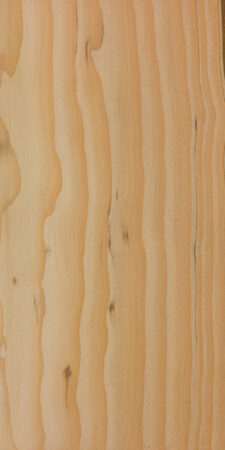
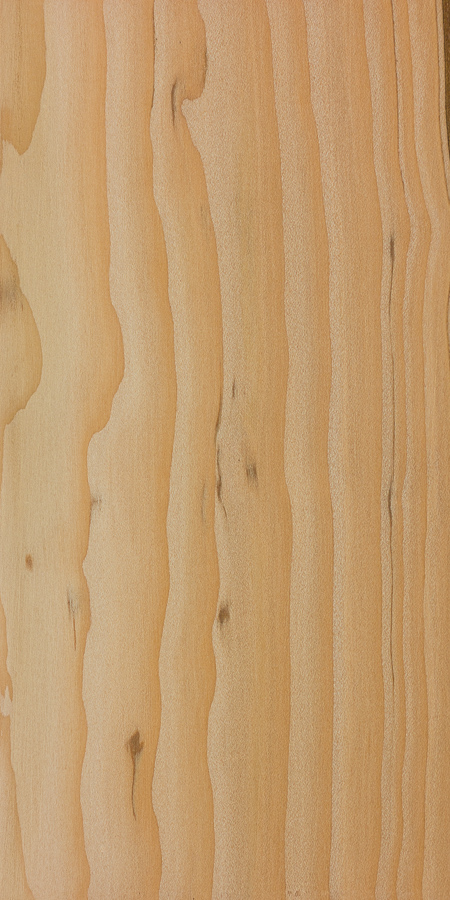
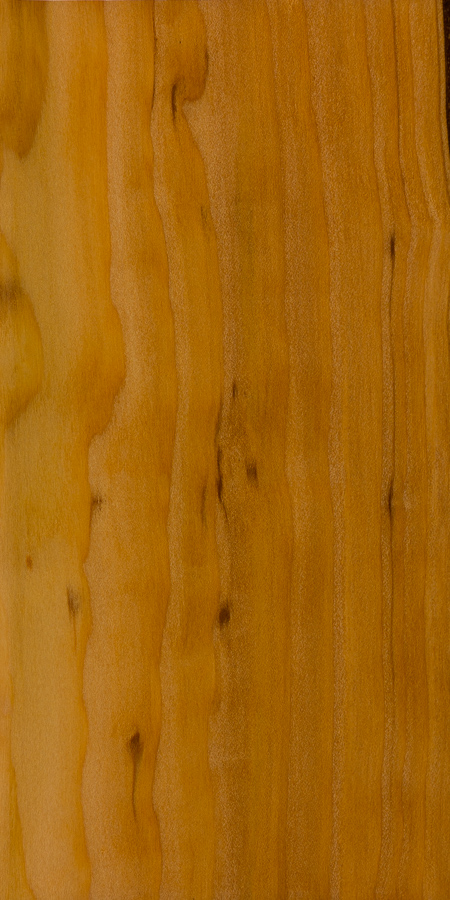
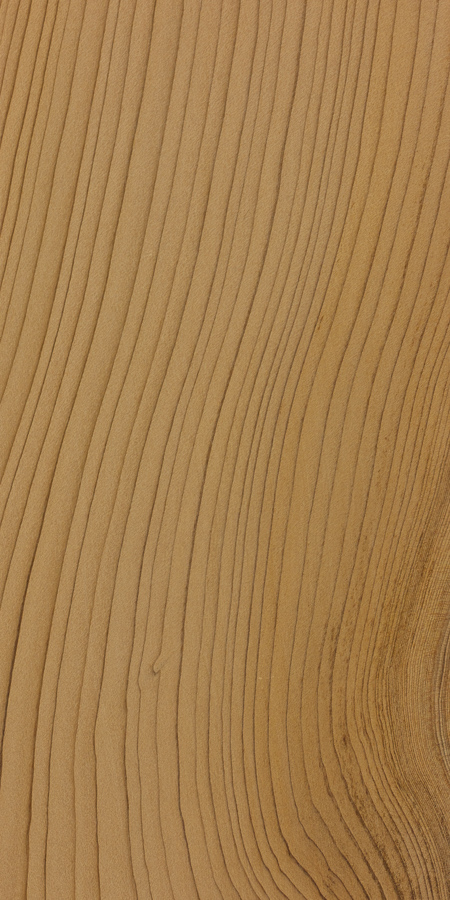
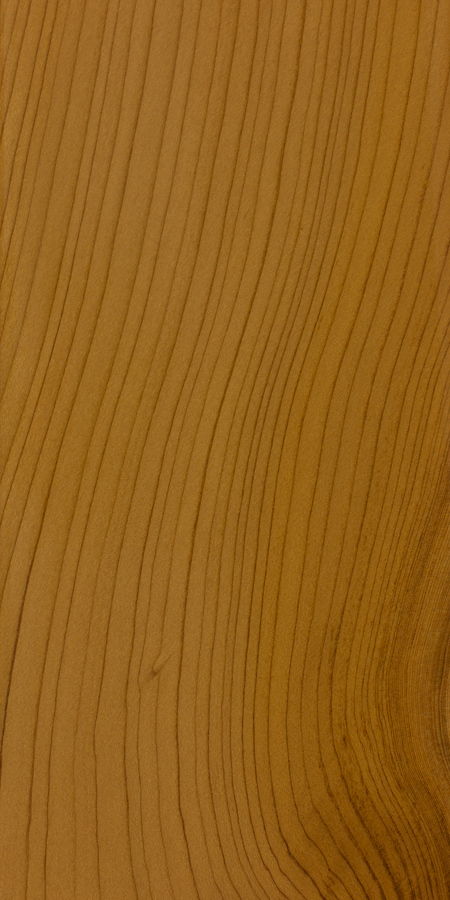
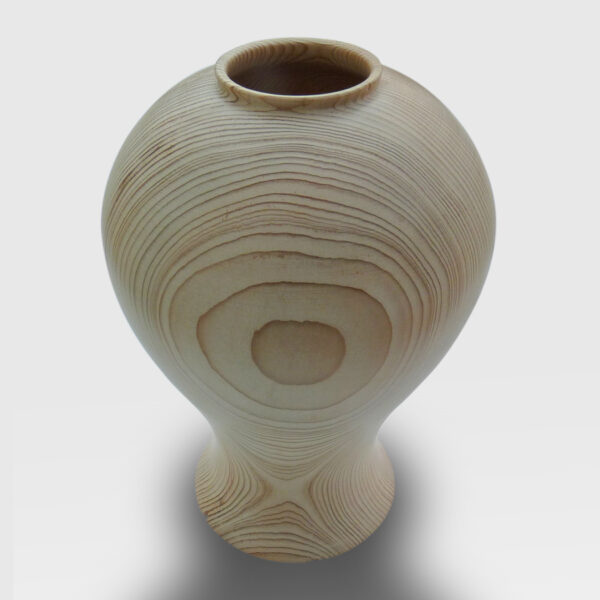
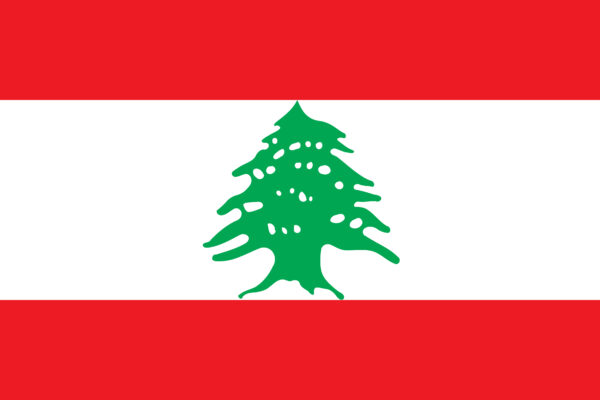
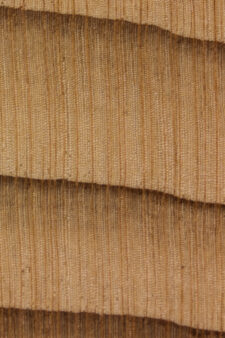
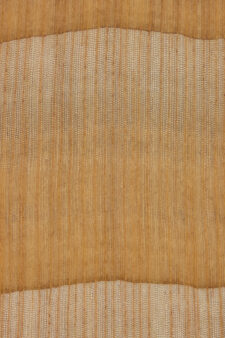


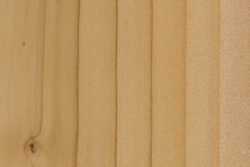
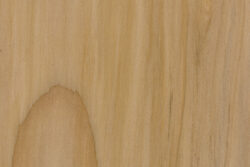
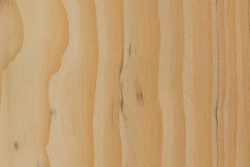
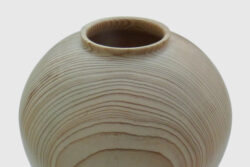
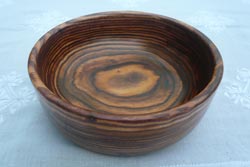

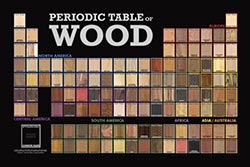





I use this wood a lot since I am doing carpentry in Turkey. This is the traditional go-to wood for building windows. I am almost sure that the hardness and dried weight numbers are off. This wood is lighter and softer than regular pine. Almost close to spruce.
It is difficult to find knot free straight pieces. According to the mill people that is because there are not many big trees anymore and you cannot get much 1st grade lumber from smaller trees.
This tree was 60yrs old
A while back I reclaimed quite a few old scraps of various woods from the attic of a very old building in New Orleans. I’m new to wood working, but I’m fairly sure one of the species I have is lebani. I’ve worked with it with handtools a few times with no ill effects, however during a recent project I seem to have become rapidly sensitized to it. The primary symptom is moderately sore throat and nose, and mild skin irritation from handling. Attatched is a photo of the ukelele hanger I made. Just being in the same room was irritating my… Read more »
Thanks, can you try reattaching the image(s)? They didn’t come through.
Here is the material in question. I have at least 2 other similar species and some other interesting samples from this building, most seem to be left over trim peices from a remodel done long ago. I can send photos if ypur interested in some samples. Thanks.
-Nick
While it’s hard to say for sure from the endgrain picture, I *think* I can just barely make out resin canals in the latewood. This would rule out all cedars, and strongly point to a species of pine. Based on your location and where the wood was found, I’d guess it was probably a species of southern yellow pine.
This is a very loose grained piece of heart pine but I’m 90% sure
Workability. Working nice, clean, straight grained timber (quite difficult to find) with really sharp hand tools is a pure delight. I would do it all day just for the smell! But beware that, with a very high oil content, it often does not take glue well. Clean surfaces with a solvent first and abrade with sandpaper for reliable results. Cedar of Lebanon is fairly readily available here (Southern UK) because a lot of it was planted for ornamental purposes in the last century, and it is not too expensive. I have bought two whole logs from a local sawmill, and… Read more »
Do you have any advice on preserving the fragrance of the wood? What kind of finish is possible without taking away the lovely parfume?
If there are small knots in the wood, the resin will bleed through almost any varnish. Also the endgrain that is on the upper side of the tree bleeds. And you will have the fragrance.
Does anyone know a reliable source to import it from? I don’t need a lot just need some for some knife scales.
Very soft for knife scales.
I’ve done sof kayaks and some kayak pieces with this wood. I’ve worked with the three authentic cedar species: cedrus libani, Cedrus atlantica/atlantica glauca and Cedrus deodara. I’ve found the cedrus libani to be more lighter,(420-470kg/m3), aromatic and beautiful (light orange wood), the cedrus deodara and atlantica have almost same colour, the cedrus atlantica glauca has generally a much whiter wood as are their leaves do. If you work with the pieces near the branches you can find very rare and amazing colours like the phosforus yellow. The most similar wood i’ve been working with is abies alba (spanish spruce?)… Read more »
Mario, where do you purchase your cedar of lebanon from, or what places should I be watching for it to pop up (mills, websites, etc)? I am building a new house and needed to import some. Thanks and I really appreciate your insight in your comments!
I buy it in a sawmill from girona (spain) wich works principally making house beams. it’s name is “fustes oliveras”. it’s full of massive raw logs about 90-50cmx7-10m They usually sell it with douglas fir and i think it’s at the same price, the logs are not mixed with doug fir. I can’t tell you the price exactly but if i’m not wrong it’s about 600€/cubic meter the round logs without bark. they are almost never clean of knots but for making beams and structures is really ok ;) you’ll love the aroma. For me there’s no other better smelling… Read more »
Do you have any advice on preserving the fragrance of the wood? What kind of finish is possible without taking away the lovely parfume?
North,
Here in Turkey, it is called Toros Sediri and we have the largest cedar of Lebanon population in the world.
But despite that, I have some doubts about it’s use in boat building. Because I have never seen anyone using it. Just stories of Ancient Egypt! For Turkish boat builders the best local wood is sweet chestnut.
It’s so nice to work with it in boatbuilding but commomly expensive. The one i can get is lighter than it is said here. My pieces where between 420 to 470kg/m3
Hi, does anyone know of any modern usage of Lebanon Cedar in boat building? Are significant quanties/qualities/sizes available (and ethical) locally in the Mediterranean?
I do
This timber is highly aromatic!! A very strong odour has meant this timber has a history of being used in drawers, wardrobes etc to deter insects such as moths. I find it a very pleasant fresh, sharp spicy smell – (sounds like a whisky tasting note now!!).